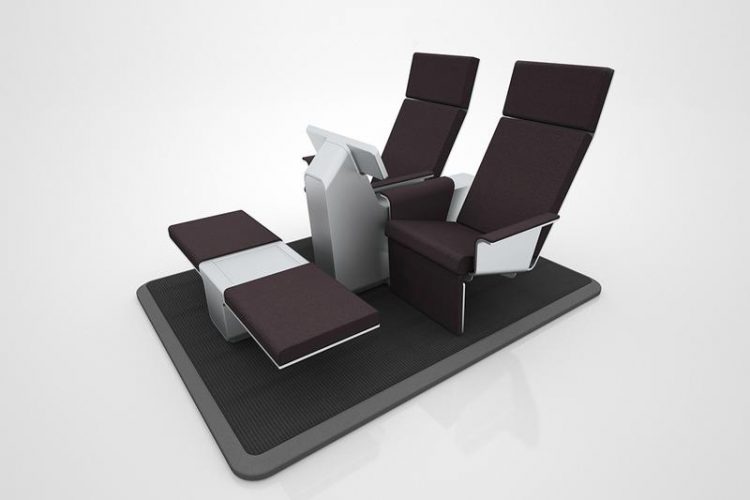ILA 2018: Fly with individually air-conditioned seats

The Aviation Double Seat features a combination of seat ventilation by means of fans and thermal regulation by seat heating. Fraunhofer IBP
The Aviation Double Seat was created during the EU-funded project iSPACE (Innovative Systems for Personalized Aircraft Cabin Environment).
In addition to the Fraunhofer Institute for Building Physics IBP in Valley, Germany, nine European partners from the aviation industry were also involved.
As part of the project, the participants have developed technologies that will enhance the comfort of passengers, enabling them to adjust their personal indoor environment as well as to adapt the temperature and airflow to suit their personal needs.
In 2016, there were 3.7 billion passengers in civil aviation worldwide. According to a survey by the Federal Statistical Office of Germany, increasing prosperity, attractive travel destinations, the expansion of global trade relations and liberal travel agreements have increased passenger numbers year after year.
The Fraunhofer IBP is constantly researching the subject of aircraft in order to bring all of these people to their destinations in a healthy, comfortable, as well as ecological and economical manner.
The indoor climate in aircraft cabins occupies an important place in the research work of the institute.
https://www.fraunhofer.de/en/press/research-news/2018/april/fly-with-individuall…
Media Contact
All latest news from the category: Trade Fair News
Newest articles

Silicon Carbide Innovation Alliance to drive industrial-scale semiconductor work
Known for its ability to withstand extreme environments and high voltages, silicon carbide (SiC) is a semiconducting material made up of silicon and carbon atoms arranged into crystals that is…

New SPECT/CT technique shows impressive biomarker identification
…offers increased access for prostate cancer patients. A novel SPECT/CT acquisition method can accurately detect radiopharmaceutical biodistribution in a convenient manner for prostate cancer patients, opening the door for more…

How 3D printers can give robots a soft touch
Soft skin coverings and touch sensors have emerged as a promising feature for robots that are both safer and more intuitive for human interaction, but they are expensive and difficult…





















